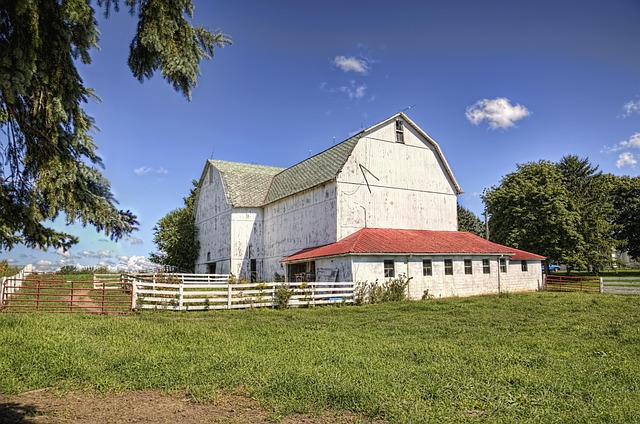In close-knit towns, real estate is a powerful tool for fostering community strength and economic health. Well-planned, diverse, and affordable housing options encourage social connections, local businesses, and vibrant neighborhoods. Developers can enhance this by creating mixed-use developments with residential and retail spaces, fostering mixed-income communities. This strategy leads to stronger resident connections, higher workforce retention, and improved quality of life, making the town an attractive place for individuals and families. Investing in modern real estate projects attracts talent, promotes economic diversity, and strengthens the local economy.
In today’s competitive job market, close-knit towns are emerging as powerful hubs for workforce support. This article explores how robust real estate development plays a pivotal role in fostering community cohesion and enhancing workforce retention. We delve into strategies that highlight the significance of investing in local real estate to create vibrant, welcoming environments that attract and retain top talent. Discover how these approaches can revolutionize workforce dynamics and drive sustainable economic growth.
The Role of Real Estate in Fostering Community Support

In close-knit towns, real estate plays a pivotal role in fostering community support and strengthening local economies. The arrangement and accessibility of housing options significantly influence the ease with which residents can connect and collaborate. Towns with well-planned, affordable, and diverse real estate offerings often encourage social interactions through shared public spaces, local businesses, and vibrant neighborhoods. This, in turn, creates a supportive network where residents are more likely to engage in community initiatives, contribute to local causes, and foster a sense of belonging.
Additionally, real estate developers and agents can actively promote community spirit by facilitating the creation of mixed-use developments, integrating residential spaces with retail, and encouraging mixed-income neighborhoods. Such strategies ensure that towns remain dynamic, inclusive, and resilient, providing an ideal environment for residents to thrive and support one another within their close-knit communities.
How Close-Knit Towns Enhance Workforce Retention

Close-knit towns create a sense of community that fosters strong connections among residents, which can significantly impact workforce retention. When people feel rooted in their communities, they’re more likely to stay and contribute to local growth. This sentiment of belonging extends to the workplace, as employees often seek environments where they can build lasting relationships with colleagues and know their work makes a difference within their community.
Real estate plays a pivotal role in this dynamic. Towns with desirable housing options that cater to diverse lifestyles and budgets attract and retain a stable workforce. Easy accessibility to amenities, quality schools, and affordable living contribute to a positive quality of life, encouraging individuals and families to stay put. This local loyalty becomes a powerful asset for businesses, ensuring a consistent talent pool and reducing turnover rates.
Strategies for Investing in Real Estate to Strengthen Local Workforces

Investing in real estate is a powerful strategy for close-knit towns looking to strengthen their local workforces. By focusing on key areas such as mixed-use development, affordable housing, and modern amenities, communities can attract and retain talent. Mixed-use projects that combine residential, commercial, and retail spaces create vibrant hubs where people live, work, and play, enhancing the overall quality of life and keeping young professionals and families in the region.
Additionally, prioritizing affordable housing options encourages economic diversity and attracts a broader range of skill sets. Making real estate accessible to various income levels fosters a robust and resilient workforce, as it ensures that local businesses have access to a diverse talent pool from within the community. This approach not only strengthens the local economy but also builds a stronger, more connected town that supports its residents’ needs.






